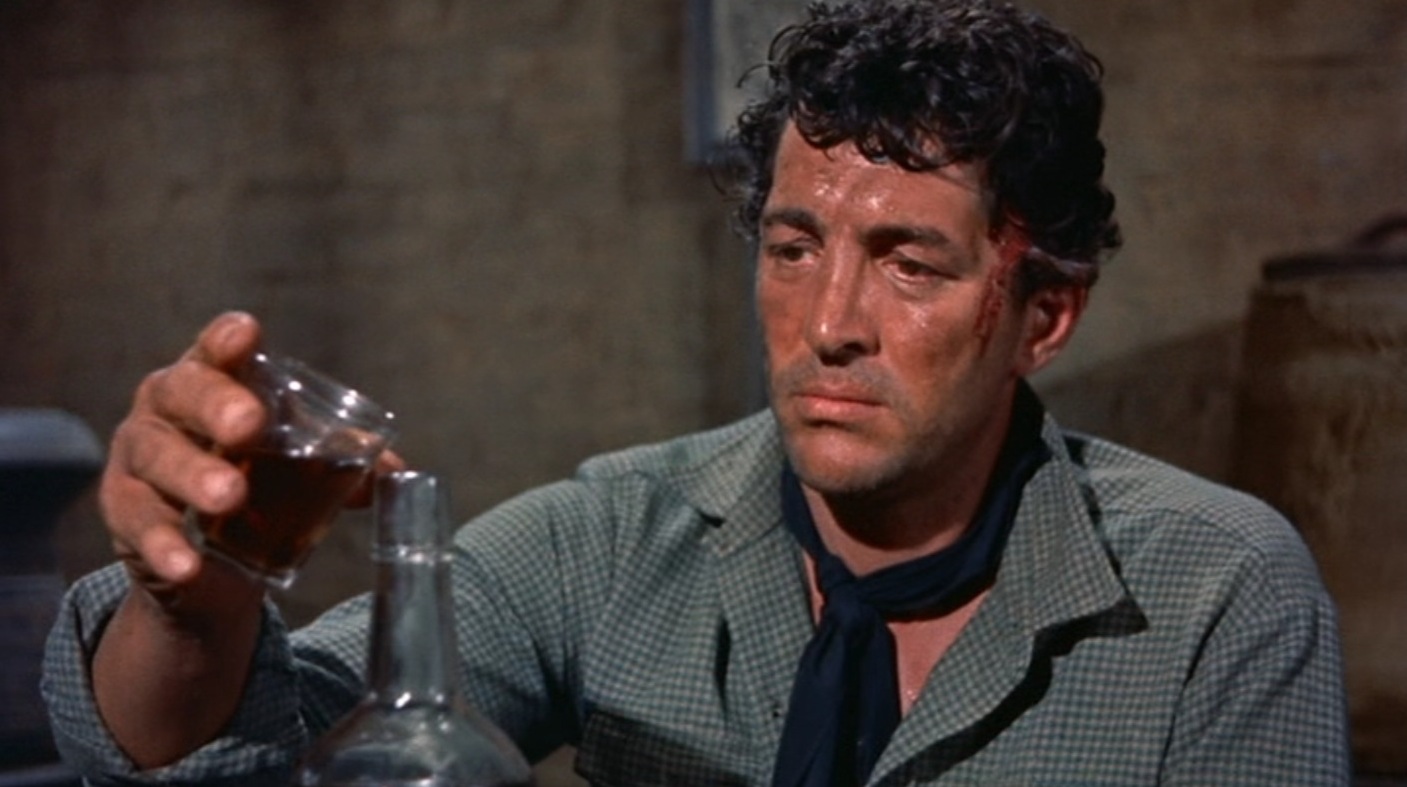“Playwriting in America ihas tended to be a man’s game. Many American women have written individual hit plays, but only three–Lillian Hellman, Wendy Wasserstein, and the long-forgotten Rachel Crothers–scored multiple successes on Broadway in the 20th century, and their track records there have yet to be rivaled…”
Archives for May 1, 2013
TT: It plumb slipped my mind
 When you write as much as I do, you sometimes forget about having written certain pieces. Even so, I was flabbergasted when it was recently drawn to my attention that I’d written a piece about Howard Hawks’ Rio Bravo in 2009 for American Cowboy:
When you write as much as I do, you sometimes forget about having written certain pieces. Even so, I was flabbergasted when it was recently drawn to my attention that I’d written a piece about Howard Hawks’ Rio Bravo in 2009 for American Cowboy:
Is Rio Bravo the best movie ever made, or merely the best Western? I’m kidding, of course–but kidding on the square. While Rio Bravo may not be the best of all possible Westerns, it makes the top-five list of everybody I know who truly loves the genre. And though highbrow critics didn’t pay much attention to the film when it came out in 1959, they’ve long since changed their tune. David Thomson, the smartest film critic in America, went so far as to include Rio Bravo in his new book, “Have You Seen…?”: A Personal Introduction to 1,000 Films, a fat volume of miniature essays about the most significant movies of the twentieth century, in which he unhesitatingly calls it “great.”
If by “great” you mean King Lear, or even Citizen Kane, then I must humbly beg to differ. But I think you could make a strong case for calling Rio Bravo the most entertaining movie ever to come out of Hollywood. It is one of those supremely rare works of art that has the power to take you out of yourself and set you down again in a parallel universe of pleasure, one in which nothing matters but the experience of watching a group of gifted men and women doing something as well as it can possibly be done….
Read the whole thing here.
* * *
The opening scene of Rio Bravo:
TT: Snapshot
Henri Matisse makes a cutout:
(This is the latest in a series of arts-related videos that appear in this space each Monday and Wednesday.)
TT: Almanac
“The presence of death makes itself felt in the sadness of beauty.”
Hanns Sachs, The Creative Unconscious: Studies in the Psycho-Analysis of Art
